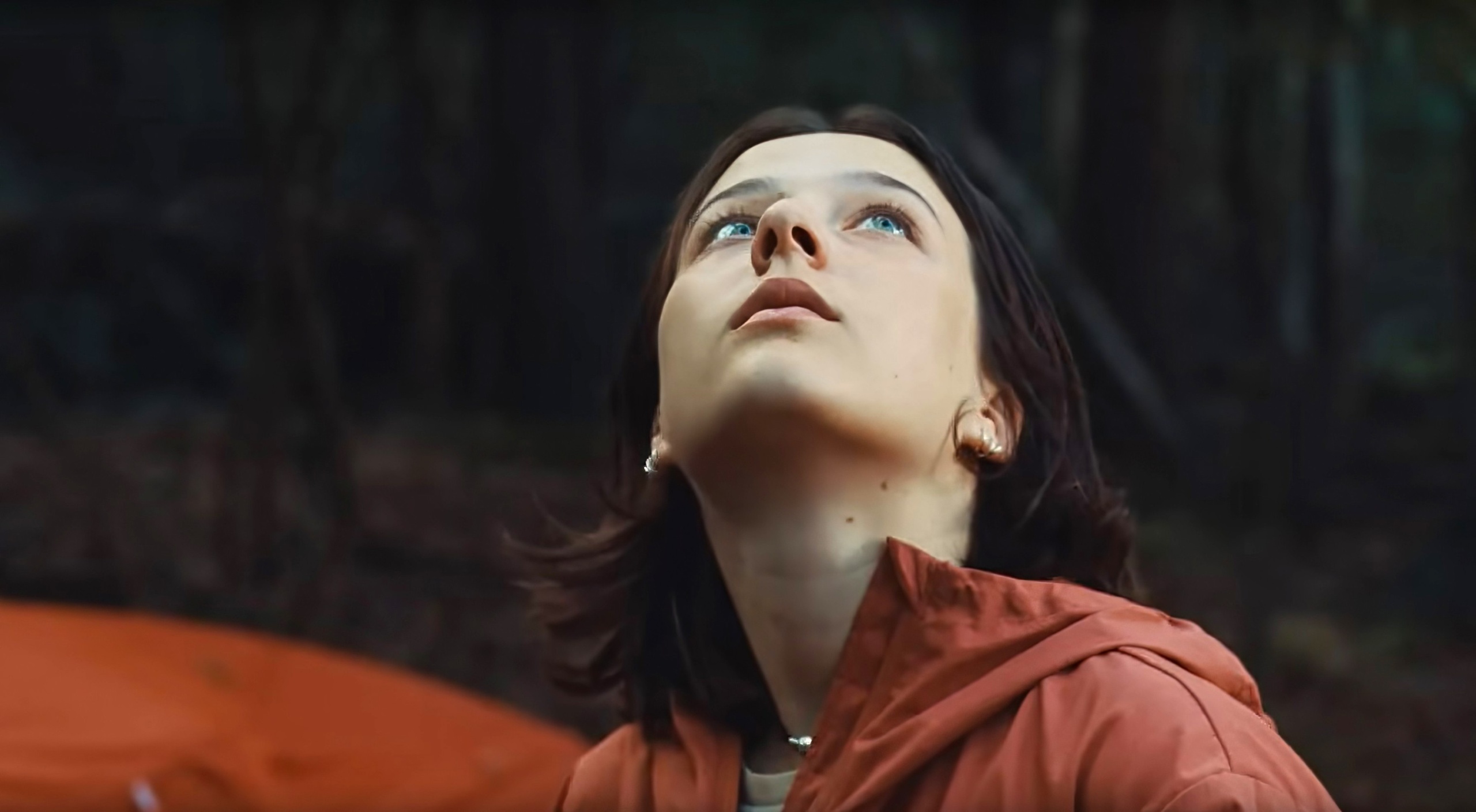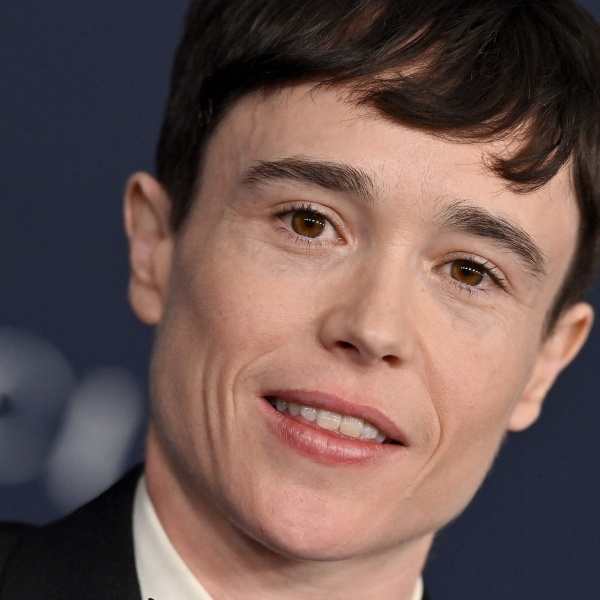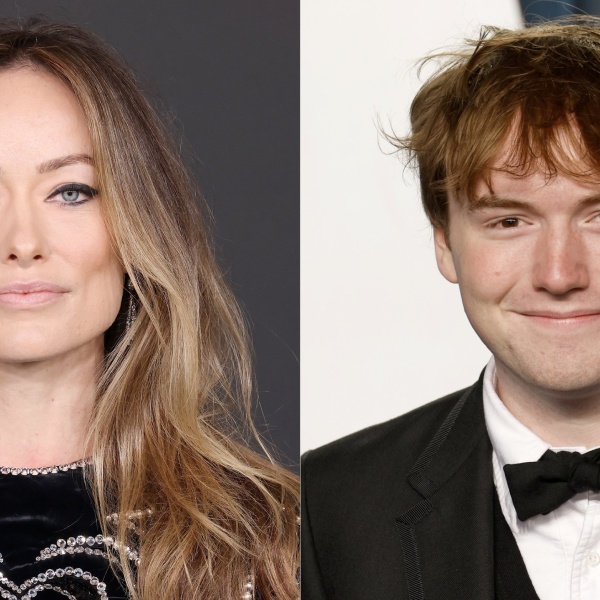Usually, hikes are all about silences and sound swaps — insects buzz instead of phones, streams murmur instead of people on the street. But one of the sneakily great filmmaking choices in “Good One” is how it doesn’t shy away from dialogue during its long stretches of meditative walks through the woods; it just shows us how easy it is to tune people out when they aren’t saying anything of substance.
That’s one aspect of the relationship management with which teenage Sam (Lily Collias) engages on a three-day backpacking trip with her dad, Chris (James Le Gros), and his longtime friend Matt (Danny McCarthy): They both talk a lot at her and around each other. But director India Donaldson knows the difference between depicting boring conversations and actually having conversations be boring for the viewer. The way she shot the trio over the course of the film keeps “Good One” firmly in the former camp and the audience firmly planted in Sam’s perspective.
Donaldson told IndieWire on an episode of the Filmmaker Toolkit Podcast that, while scenes often had enough dialogue to pad them out to seven pages or more, she knew her framing and coverage would render them almost as background noise. “We’re on Sam’s experience of this conversation. We’re not covering it traditionally with these two guys talking. The camera is with the listener,” Donaldson said. “When we were shooting it, [cinematographer] Wilson Cameron and I were always talking about prioritizing Lily’s coverage. Even if she literally has one line of dialogue in a seven-page scene.”
Donaldson and her team knew that they had large page counts to get through during only 12 days, but how they approached them needed to reflect the characters. “[Sam] says the least, but I hope that she comes across as somebody who has the most to say and perhaps the most meaningful insights. These two guys, I think, especially Matt, they’re uncomfortable with silence and they don’t know how to listen,” Donaldson said. “I was always thinking of that dialogue as being something that would be de-emphasized.”
Both the camera’s framing and the edit’s timing hold on Sam so that we can see the real-time shifts in feeling or attention that cross her face. It provides an organic ripple of emotion instead of the potentially didactic punch of a reaction shot.
“I was trying to capture this feeling that was especially present for me as a young person of watching and listening to the adults around you who are not particularly interested in your point of view,” Donaldson said. “Then processing the meaning of it and trying to make sense of it, which doesn’t happen in an instant, I think. It takes time and I wanted to capture that rhythm.”
Donaldson gives a lot of credit to Le Gros and McCarthy for being game to stride through the script pages, particularly in the first half of “Good One,” and put their acting all into words that are, ultimately, a lot of hot air. But the film finds other ways to get at the core truth of who they both are. For instance, Donaldson said that their camping gear reveals a ton of character detail.

“I loved writing that into the script. Both men, Matt and Chris, have their own really intimate relationship to the gear that they bring along. Chris has the new, more lightweight, efficient stuff; he always has to have the new thing. Matt’s gear is all 30 years old,” Donaldson said. “[Production designer] Becca Morrin and I had a fun text exchange while she was sourcing all of this stuff… ‘What about this for Matt? Is this thing funny? This tiny bottle of hot sauce?’”
Morrin and Donaldson also wanted to find, and subtly sculpt, particular outdoor environments where certain characters would feel more comfortable than others. The filmmakers laid out the pivotal campfire sequence between Sam and Matt in such a way that that the two really feel enveloped by darkness — a layout that makes Matt feel a little bit safer — while a subsequent scene by a riverside has a “curtain” of running water that makes Sam feel a little bit more protected to speak her mind to her dad.
In both of those moments, as well as the final one of the film, Donaldson and her team stress Sam’s unfolding reactions above the conversations between the characters. “I really feel like [the ending] and the turning point in the campfire scene were the moments that both [editor] Graham Mason and I felt some really small shifts created an outsized impact on the emotional moment,” Donaldson said. “We really fine-tuned that down to the frame.”
Going a frame too long, or cutting a frame too soon, makes all the difference in the world to what Sam realizes over the course of “Good One.” Even if the adults in her life don’t see it, we do.



